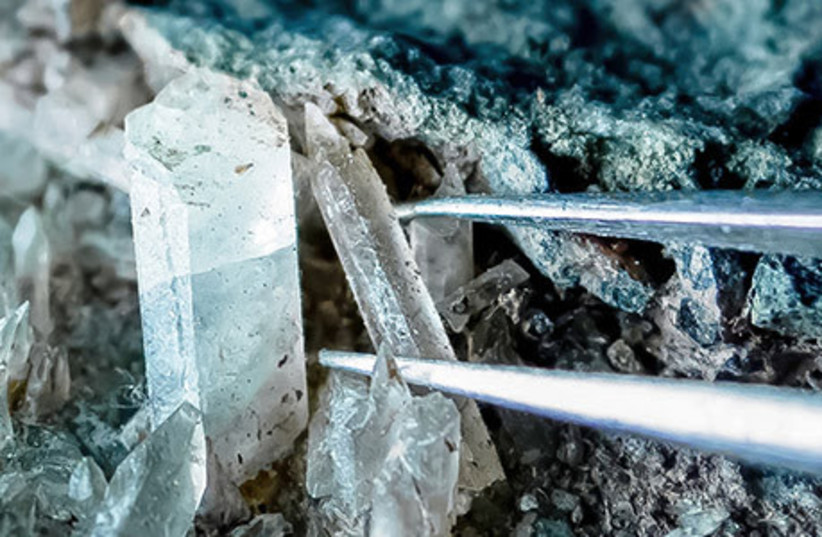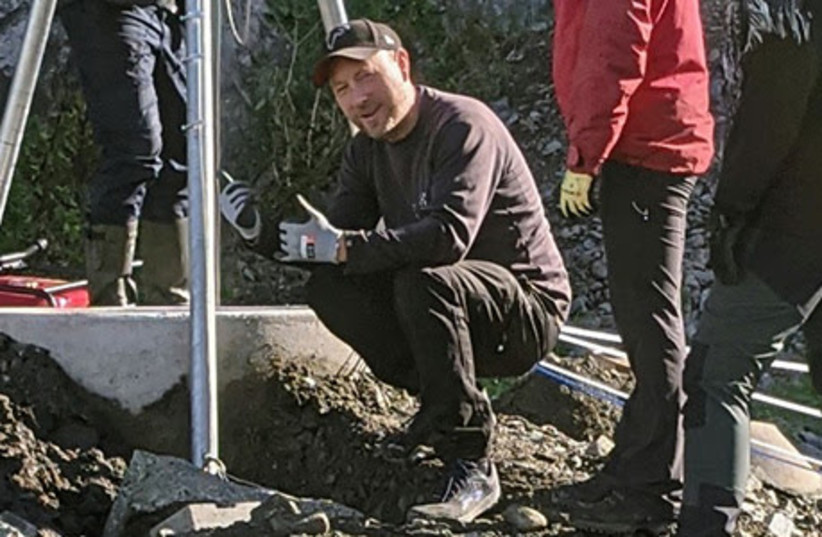Microbes may have lived underground for just a billion years - study
The findings provide context for Earth’s deep biosphere – one of the least explored and understood environments on the planet.
 |
Microorganism-related calcite from a deep fracture in Swedish granite. This kind of mineral related biosignatures where used as one part of this new study to look for ancient habitable conditions at depth (photo credit: COURTESY OF HENRIK DRAKE) |
Microbes, or organisms that are too small to be seen without using a
microscope, have lived in deep-earth formations for only a billion
years – at the lower end of previous scientific estimates – according to
a new study published on Monday in the Proceedings of the National Academy of Sciences (PNAS) scientific journal.
The
findings provide context for Earth’s deep biosphere – one of the least
explored and understood environments on the planet, which hosts the
majority of microbial life on Earth. Deep-earth rocks host microbial
lineages, which are critical for understanding the origin and evolution
of life on Earth.
Biosignatures
and the thermal history of some of the oldest rocks were analyzed in
order to conduct the study. Prof. Henrik Drake of Linnaeus University in
Sweden and Prof. Peter Reiners of the University of Arizona co-authored
the study, which was based on an estimated chronological timeline on
the habitability of some of Earth’s oldest rocks through time.
The study ultimately suggested that the longest record of
continuous habitability is not longer than one billion years, placing
constraints on the possibilities of microbe evolution. The researchers
studied rocks
formed about four billion years ago, finding that the conditions of the
terrain were not suitable as a host for microbes until the rock
formations cooled off billions of years later.

Co-author Prof. Henrik Drake (credit: COURTESY OF HENRIK DRAKE)
“The
cratonic rocks formed billions of years ago, deep in the crust, at
temperatures too high for any life,” Drake explained. "It was only much
later, following erosion, that the currently exposed rocks reached
levels in the crust where temperatures were habitable."

No comments:
Post a Comment
Stick to the subject, NO religion, or Party politics